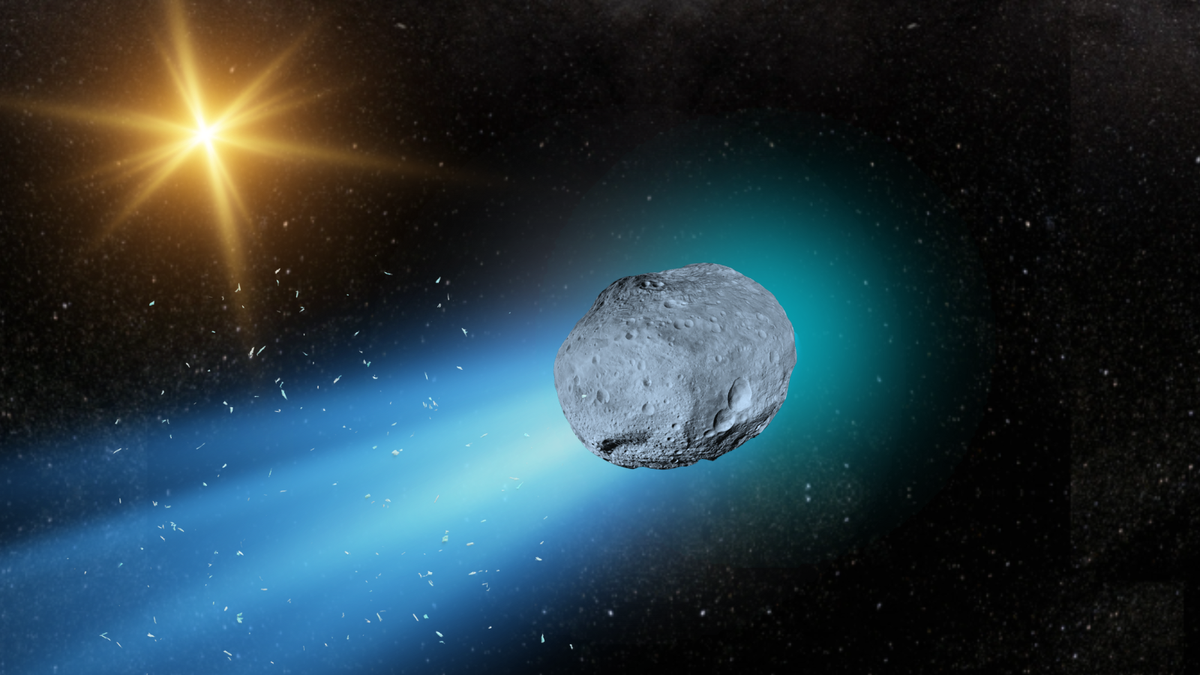Europa's Icy Shell - A Barrier to Life or a Protective Cradle?

Jupiter's moon Europa has captivated scientists and space enthusiasts for decades. Its potential to harbor life, fueled by a vast subsurface ocean, places it at the forefront of astrobiological research. However, accessing this hidden realm poses a significant challenge, primarily due to the thick icy shell encasing the moon.
Galileo's Legacy: Unraveling the Secrets of Europa's Ice
Data gathered by NASA's Galileo mission, which orbited Jupiter from 1995 to 2003, provided crucial insights into Europa's structure. Analysis of the moon's gravitational field and magnetic field interactions with Jupiter hinted at a global saltwater ocean beneath its surface. However, the exact thickness of the icy shell remained uncertain.
Recent reanalysis of Galileo's magnetometer data, focusing on how Europa's induced magnetic field varied during its orbit around Jupiter, suggests the icy shell could be at least 20 kilometers (12 miles) thick. This finding, while significant, adds to the complexities of exploring Europa's hidden ocean.
The Challenges of Reaching Europa's Ocean
A thick icy shell presents a formidable barrier to accessing and studying Europa's ocean. Landing a spacecraft on the surface and penetrating such a substantial layer of ice would require advanced technology and significant resources.
Consider the challenges faced by missions like the Mars InSight lander, which deployed a heat probe designed to penetrate just 5 meters (16 feet) into the Martian surface. Even with specialized equipment, this task proved difficult and ultimately unsuccessful. The prospect of drilling through tens of kilometers of ice on Europa presents an exponentially greater engineering challenge.
The Potential for Life in Europa's Ocean
Despite the challenges, the scientific community remains optimistic about the potential for life in Europa's ocean. Several factors contribute to this belief:
1. Liquid Water: The Elixir of Life
The presence of a vast, potentially salty ocean is a major factor contributing to Europa's habitability. Liquid water is considered essential for life as we know it, acting as a solvent for biochemical reactions and facilitating the transport of nutrients.
2. Internal Heat: Driving Geological Activity
Europa's internal heat, generated by tidal forces from its interaction with Jupiter and its neighboring moons, is thought to maintain the ocean in a liquid state. This heat source could also drive geological activity on the seafloor, potentially creating hydrothermal vents. On Earth, such vents are known to support thriving ecosystems, even in the absence of sunlight.
3. Organic Molecules: Building Blocks of Life
Observations from telescopes and spacecraft, including Galileo, have revealed the presence of organic molecules on Europa's surface. These molecules, containing carbon and hydrogen, are the building blocks of life as we know it. Their presence suggests that the raw materials necessary for life may exist within Europa's ocean.
Future Missions: Unveiling Europa's Secrets
Several future missions are being planned to further explore Europa and unlock the secrets hidden beneath its icy shell.
1. Europa Clipper (NASA)
Scheduled for launch in 2024, NASA's Europa Clipper mission will perform multiple flybys of Europa, using a suite of instruments to study its icy shell, subsurface ocean, and potential for habitability. The spacecraft will also scout for potential landing sites for future missions.
2. Jupiter Icy Moons Explorer (JUICE) (ESA)
The European Space Agency's JUICE mission, scheduled for launch in 2023, will study three of Jupiter's icy moons: Ganymede, Callisto, and Europa. While its primary focus will be on Ganymede, JUICE will also perform two flybys of Europa, gathering data on its geology, composition, and potential for life.
Concluding Thoughts: A Journey of Discovery Awaits
Europa's icy shell, while presenting a significant challenge to exploration, does not diminish the moon's status as a prime target in the search for life beyond Earth. The combination of a subsurface ocean, internal heat, and the potential presence of organic molecules makes Europa one of the most compelling destinations in our solar system. Future missions, equipped with advanced technology and driven by scientific curiosity, will continue to peel back the layers of Europa's secrets, bringing us closer to answering the fundamental question: are we alone in the universe?

















Comments ()